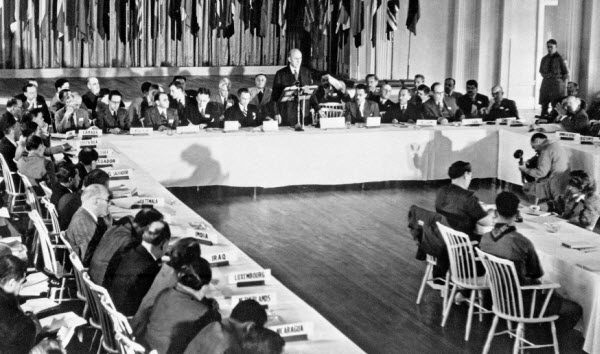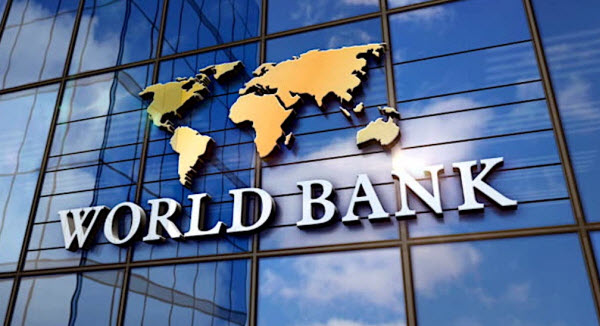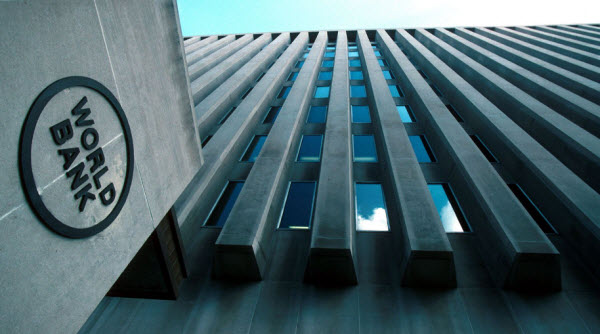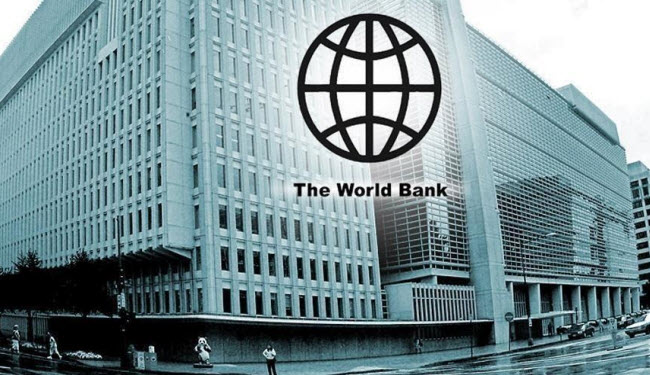The World Bank is an international organization affiliated with the United Nations (UN) established to finance projects that promote economic development in member countries. Its headquarters is located in the United States, specifically in Washington, D.C. It is the largest source of financial aid for developing countries and provides technical and advisory assistance regarding their policies, particularly economic ones. The World Bank supervises the implementation of free market reform plans on behalf of international creditors, alongside other institutions such as the International Monetary Fund (IMF) and the World Trade Organization (WTO). Currently, the World Bank plays a central role in overseeing monetary policies and public sector reforms in developing countries to maintain economic stability.
History of the World Bank
The World Bank was founded in 1944 during the United Nations Monetary and Financial Conference, known as the Bretton Woods Conference. This conference aimed to establish a new international economic system following World War II. The World Bank officially began operations in June 1946, with its initial loans directed towards the reconstruction of Western Europe after the war. By the mid-1950s, it played a key role in financing infrastructure investments in developing countries, including roads, hydroelectric dams, water and sanitation facilities, seaports, and airports.

From 1968 to 1981, the President of the World Bank was former U.S. Secretary of Defense Robert McNamara. During his tenure, the World Bank developed the concept of “sustainable development,” aimed at reconciling economic growth with environmental protection in developing countries. Another feature of this concept was the use of capital flows in the form of development aid and foreign investment to narrow the income gap between wealthy and poor countries. Later, the World Bank expanded its lending activities, evolving into a powerful and reliable international financial institution.
Structure of the World Bank
The World Bank Group consists of five institutions: the International Bank for Reconstruction and Development (IBRD), the International Development Association (IDA), the International Finance Corporation (IFC), the Multilateral Investment Guarantee Agency (MIGA), and the International Centre for Settlement of Investment Disputes (ICSID). Each institution has a specific role:
- The International Bank for Reconstruction and Development (IBRD) provides market-based loans to middle-income and low-income countries.
- The International Development Association (IDA), established in 1960, offers long-term, interest-free loans along with technical and advisory assistance to low-income developing countries in areas such as health, education, and rural development. While the IBRD raises most of its funds from global capital markets, IDA lending is financed through contributions from donor countries.
- The International Finance Corporation (IFC) partners with private investors to provide loans, guarantees, and equity financing for business projects in developing countries.
- The Multilateral Investment Guarantee Agency (MIGA) offers loan guarantees and insurance to foreign investors against losses due to non-commercial risks in developing countries.
- The International Centre for Settlement of Investment Disputes (ICSID), operating independently from the IBRD, is responsible for resolving investment disputes between foreign investors and host developing countries through arbitration or mediation.

The World Bank is linked to the United Nations but is not accountable to the General Assembly or the Security Council. Each of the over 180 member countries is represented on the Board of Governors, which meets annually. The governors are typically finance ministers or central bank governors. Although the Board of Governors has some influence on IBRD policies, actual decision-making power largely rests with the 25 Executive Directors. Five major countries—the United States, Japan, Germany, the United Kingdom, and France—appoint their own Executive Directors, while other countries are grouped into constituencies that elect one Executive Director each. Historically, the position of World Bank President has been held by an American citizen. Currently, the World Bank employs over 10,000 people, with approximately a quarter working in developing countries. It has more than 100 offices in member countries, with staff working directly as policy advisors in finance ministries and other government departments. The World Bank also maintains advisory and informal relationships with global markets and financial institutions and has connections with non-governmental organizations in both developed and developing countries.
Voting power within the World Bank depends on the capital contributions of member countries, with wealthier and more advanced countries being major contributors and, therefore, wielding significant influence. The Bank obtains its funds from member countries’ capital subscriptions, issuing bonds in global capital markets, and net earnings from interest payments on IBRD and IFC loans. About one-tenth of the subscribed capital is paid directly to the Bank, with the remainder callable if needed to meet commitments.
Debt and Policies

In the early 1980s, a global debt crisis emerged when many developing countries were unable to service their external debts to multilateral lending institutions due to a global economic slowdown, rising interest rates, falling commodity prices, and significant fluctuations in oil prices. This led the World Bank to increasingly engage in shaping economic and social policies in debt-ridden developing countries as a condition for receiving loans. Borrowing countries were required to implement strict structural adjustment programs, typically involving severe cuts in spending on health and education, removal of price controls, deregulation of the financial sector, trade liberalization, and privatization of state-owned enterprises. While these programs aimed to restore economic stability, they often resulted in increased poverty levels, rising unemployment, and external debt. In response to the debt crisis, the World Bank focused its efforts on providing financial assistance in the form of balance of payments support and loans for infrastructure projects such as roads, ports, schools, and hospitals. Despite its commitment to poverty alleviation and debt relief for the world’s least developed countries, the World Bank maintained its adherence to economic stabilization policies requiring austerity measures from recipient countries.
The World Bank and the IMF played central roles in overseeing free-market reforms in Eastern and Central Europe following the fall of communism in the 1980s and 1990s. These reforms included the establishment of bankruptcy and privatization programs, which often led to the closure of state-run industrial enterprises and amendments to labor laws to allow companies to lay off unnecessary workers. Frequently, larger state-owned companies were sold to foreign investors or divided into smaller private-sector firms. For example, in Hungary, approximately 17,000 companies were liquidated and 5,000 restructured during 1992-1993, resulting in a significant rise in unemployment. The World Bank also provided reconstruction loans to countries suffering from internal conflicts or other crises, such as the successor republics of Yugoslavia in the late 1990s. However, this financial aid often failed to rehabilitate productive infrastructure, and macroeconomic reforms in many countries led to increased inflation and a noticeable decline in living standards.
Today, the World Bank is the largest multilateral creditor in the world. As such, many of the world’s poorest countries owe substantial amounts of money to it. For many heavily indebted poor countries, more than 50% of their external debt is owed to the World Bank and regional multilateral development banks. According to some analysts, the burden of this debt, which cannot be cancelled or restructured according to World Bank rules, could perpetuate economic stagnation across the developing world.
